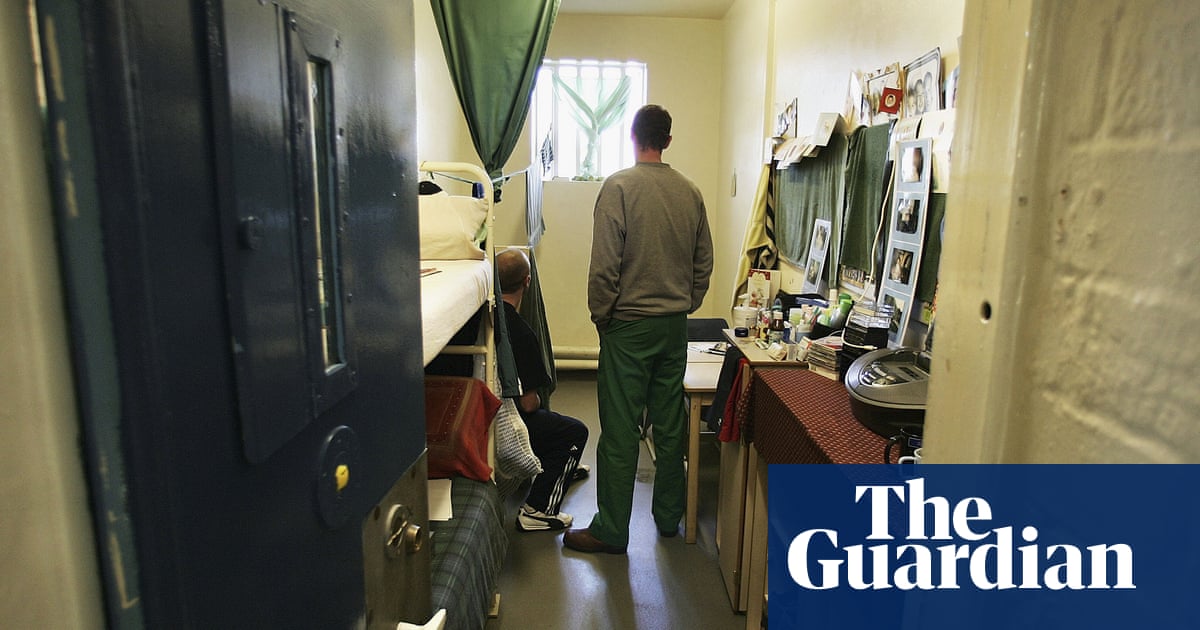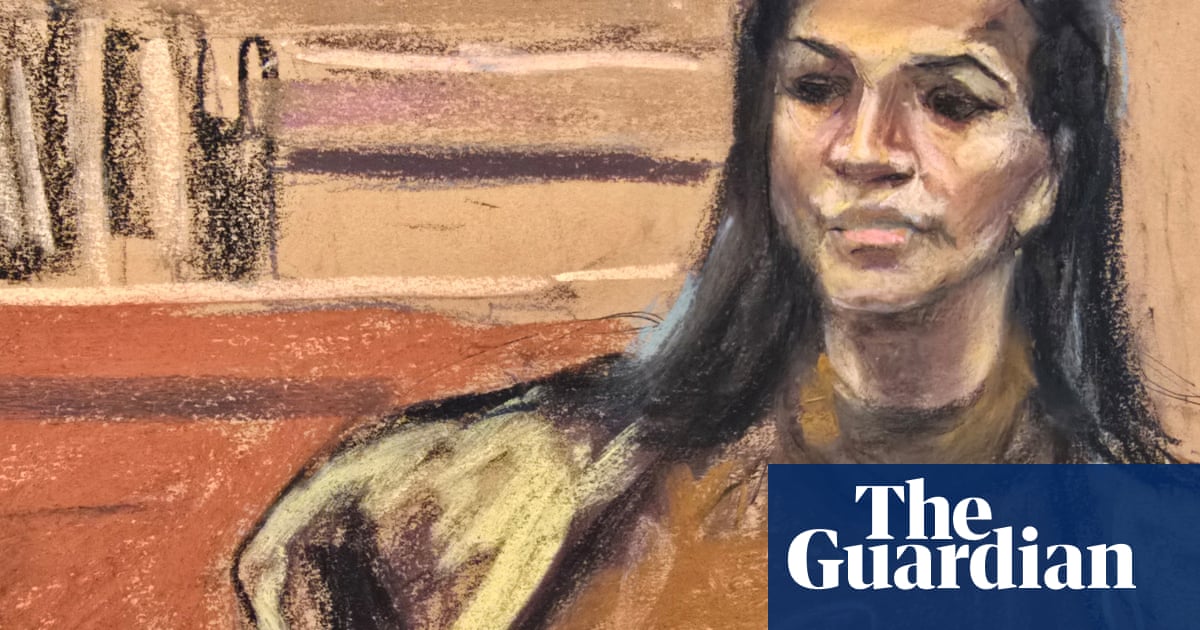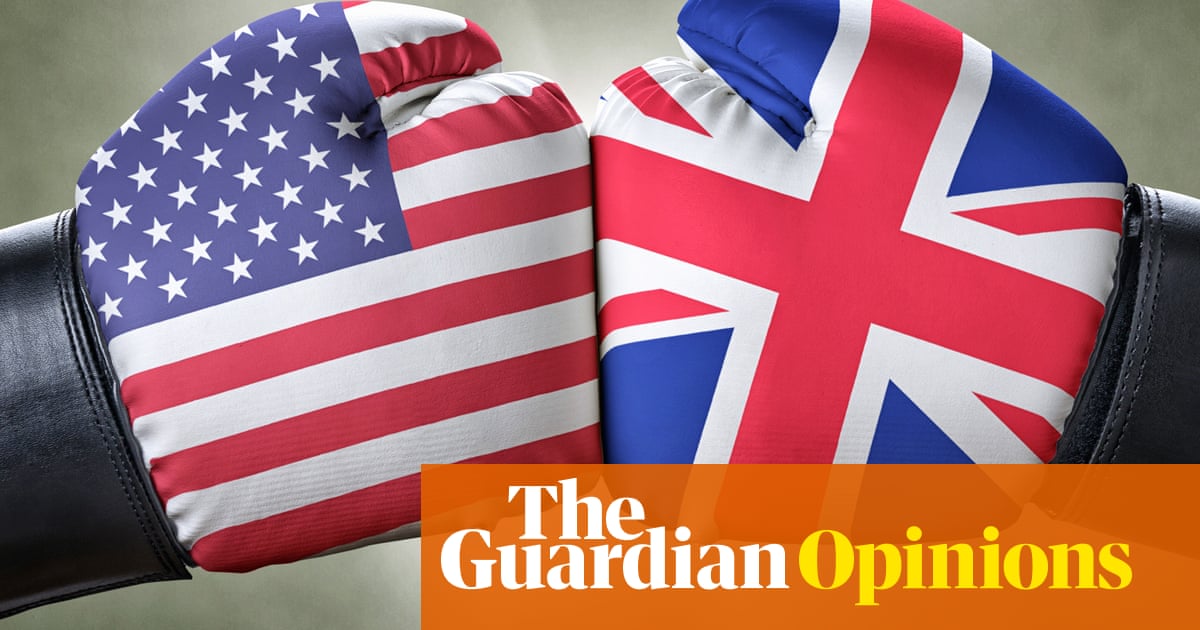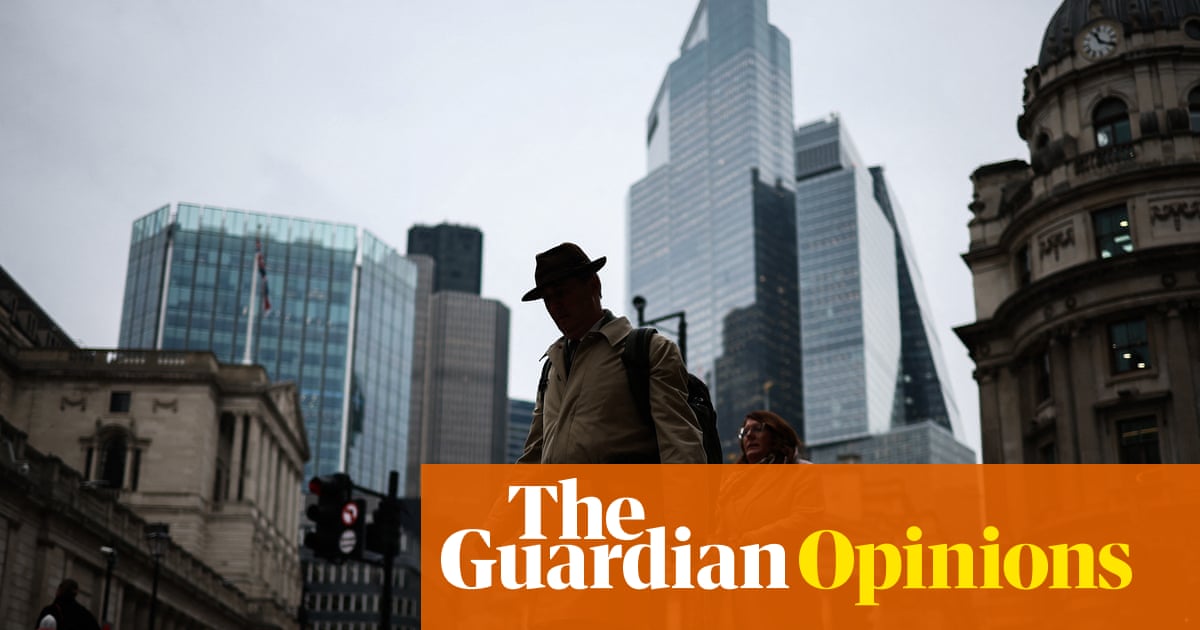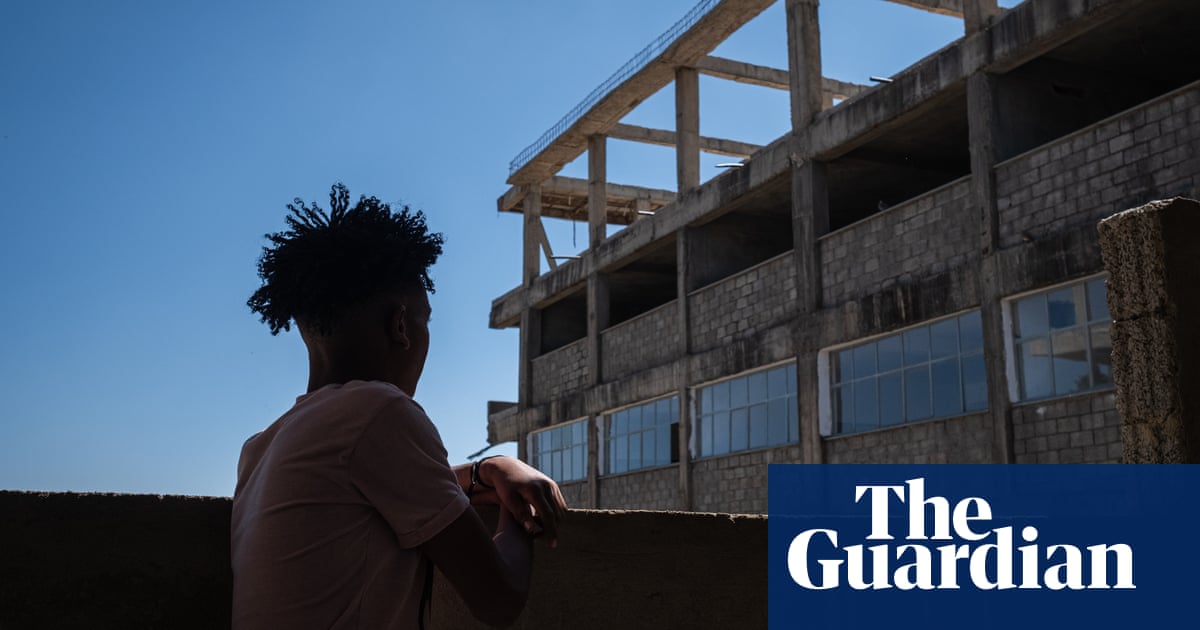The gold leaf around the window and door frames ripples, reflected in the water of the swimming pool. Elegant, spare, pristine, the Villa Empain in south Brussels seems little changed since it was built over 90 years ago.
Yet this art deco masterpiece reopened only in 2010 after falling into ruin. Illegal ravers had scrawled on its marble walls and stolen its treasures, from radiator grills to a decorative fish that was the centrepiece of a fountain in the bar.
Now restored to its former opulence, the villa is one of the highlights of Brussels’ year of art deco as the Belgian capital celebrates the artistic movement of the 1920s and 30s – and seeks recognition. Many people know of Brussels’ art nouveau heritage: the sinuous curves and floral designs of the belle époque. But fewer see the Belgian capital as a centre for art deco, with its geometric lines, luxurious materials and exotic motifs.
“Not a lot of people know that Brussels also has a lot of amazing art-deco buildings,” Ans Persoons, secretary of state for urban planning and heritage for the Brussels region, told the Observer. Now she wants the Belgian capital on the map as one of the main European cities for art deco.
Throughout 2025, the city is celebrating this heritage with events, conferences, open-door days and film screenings including, perhaps inevitably, The Great Gatsby, F Scott Fitzgerald’s masterpiece of careless people in the jazz age. The year will showcase landmarks such as the Basilica of Koekelberg, a pharaonic brick, concrete and stone church with feted modernist stained glass; and the Centre for Fine Arts (Bozar), designed by Victor Horta, who traded the flourishes of art nouveau for a sleek and streamlined style moderne.
Few of the city’s art deco buildings had the near-death experience of the Villa Empain. It was finished in 1934 for Louis Empain, the son of Belgium’s answer to JD Rockefeller. His father, Édouard Empain, born into a modest family, turned a successful quarrying business into a wide-ranging business empire, building the Paris Métro, rail lines in Turkey, China and Léopold II’s Congo Free State – a project built at enormous cost in human lives.
A wealthy young man, Louis commissioned from the star architect of the day, Michel Polak – who was already known for the Résidence Palace in Brussels – glamorous apartment buildings intended as a new way of living for the wealthy. The modernist complex survives today as offices, overshadowed by the glass and steel of the EU institutions.
Louis, increasingly disillusioned with the trappings of wealth, barely lived in his villa, donating it to the Belgian state to use as a museum of decorative arts. But this plan was thwarted when the sumptuous marble villa was requisitioned by Nazi officers during the second world war.
It was then given to the Soviet Union for its embassy, later serving as the Belgian HQ for a Luxembourg TV station. The Boghossian Foundation, founded by Armenian philanthropists, took it over in 2006, funding the restoration and reopening it as a centre for art and dialogue between eastern and western cultures.

In the basement, the villa is hosting an exhibition on art deco, showcasing posters, stained glass, ceramics and other objects of this turbulent period. Before and after the first world war, artistic movements were flowering everywhere: constructivism, cubism, Bauhaus, surrealism. “There were so many movements at the same time, in rivalry but also inspired by one another,” said Louma Salamé, manager of the Villa Empain. Good design, she said, was also more available to everyone through “a revolution of standardisation”, as items such as radios became mass produced.
Artists such as the Belgian surrealist René Magritte or abstract painter Victor Servranckx, were not confined to the galleries – they were making wallpaper and ad posters. “We are very far from the cliche of a romantic guy dressed in black alone in his studio doing things for himself,” Salamé said. “The interbellum is a wonderful moment where there is no difference between artists and craftsmen, and they all want to work for society.”
Above all, art deco celebrated modernity. It was a style adopted from capitalist Chicago to Soviet Moscow and in Shanghai, Beirut and Brussels. “Art deco is the first movement of a new global world,” Paul Dujardin, curator of the art deco year, told the Observer.
The movement is typically dated from l’Exposition Internationale des Arts Décoratifs et Industriels Modernes in 1925 in Paris. But Dujardin, who ran Bozar for two decades, sees the first true art deco building as the Palais Stoclet in Brussels, an imposing marble mansion of asymmetric blocks, built from 1905. However, he does not see a particular Belgian style, pointing instead to his country’s “in-between hybridity”.
He was speaking from the University Foundation, established in 1920 by Belgian diplomat Émile Francqui and future US Republican president Herbert Hoover, who had joined forces to provide food aid to Belgium in the first world war. A meeting point for international scholars, with the ambience of an English private members’ club, the foundation remains a testament to US-European friendship, with star motifs on the walls as a tribute to the American flag.
Persoons hopes Brussels’ art deco year will get people thinking beyond style and reflecting on the tumultuous times between the wars, when the euphoria of peace gave way to economic crisis and the rise of the extreme right. While she stressed that there is no direct message in the official programme, she said: “It can make us think about what we are going through today and how quickly we can take a wrong turn.”

 1 month ago
27
1 month ago
27












